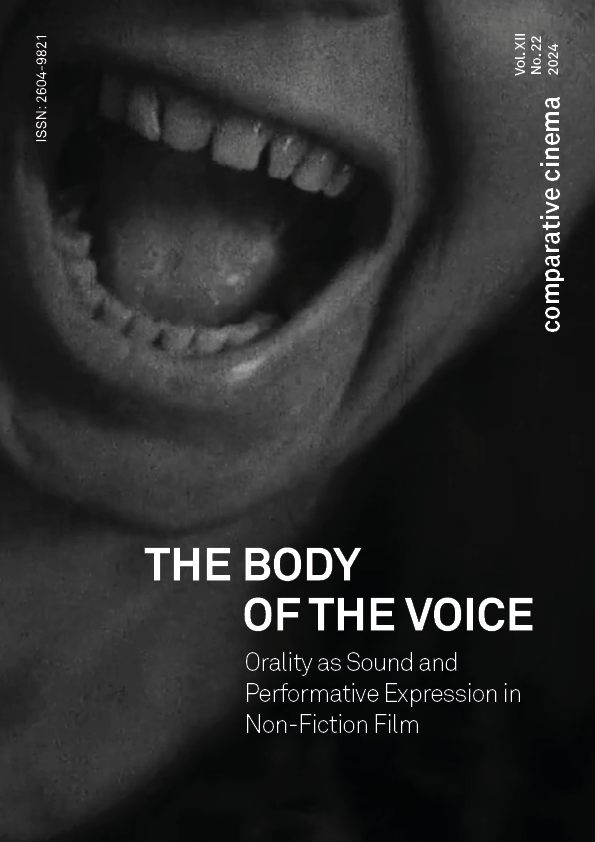Abstract
Taking Colin Campbell’s True / False (1972) video as a reference, this article offers a vision of what the synchronization of the face and voice has meant in non-fiction cinema in terms of intimacy, confessionality and communicative act with the film subject, while also analyzing the way in which this intimacy is received by the spectator. From here, the article studies certain reflexive strategies in the work of Gillian Wearing and Valérie Mréjen that, from the presence of a certain synchronous form between the voice and the body, contradictorily produce a dissociation or distancing between both parts, where the subject seems to hide or avoid part of themselves.
Keywords
Rights

This work is licensed under a Creative Commons Attribution-NonCommercial-ShareAlike 4.0 International License.
(c) Comparative Cinema, 2024



